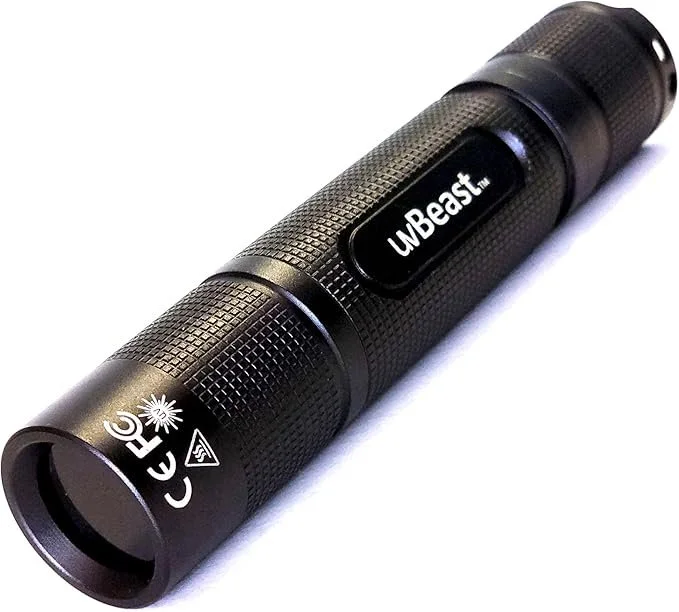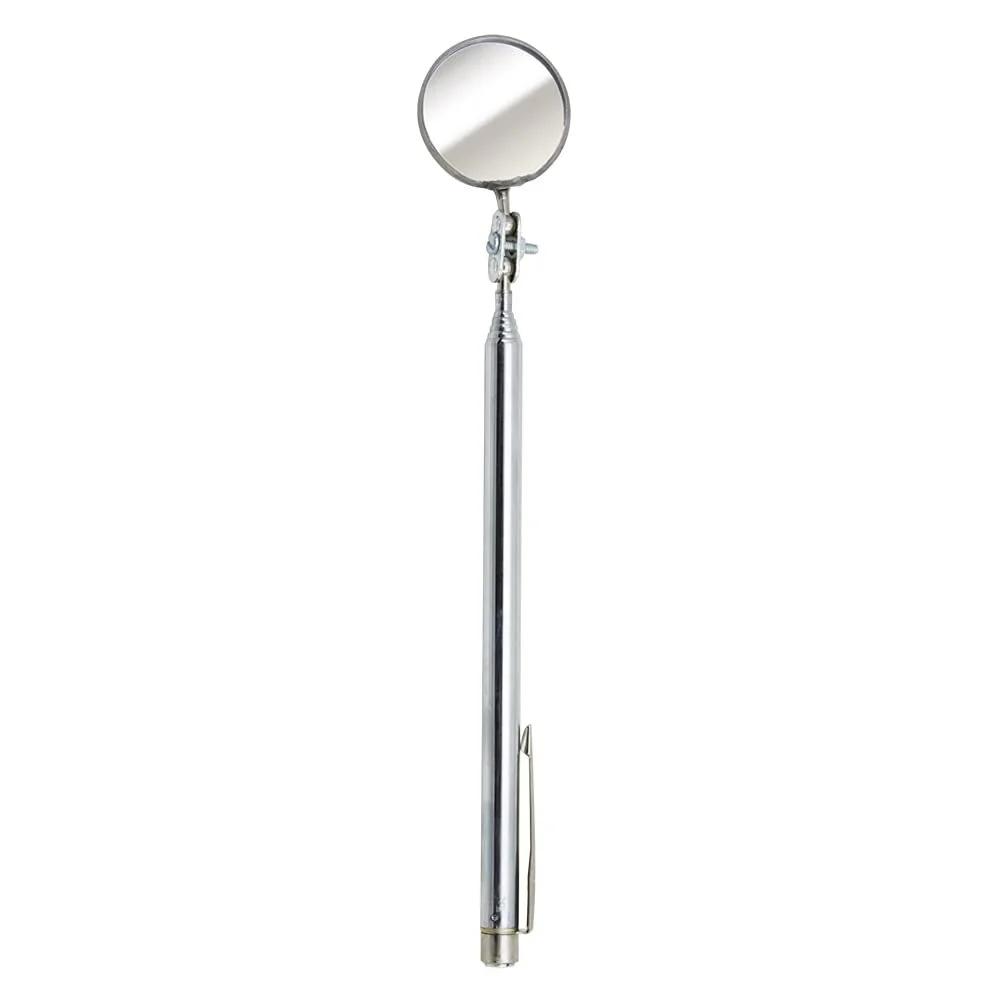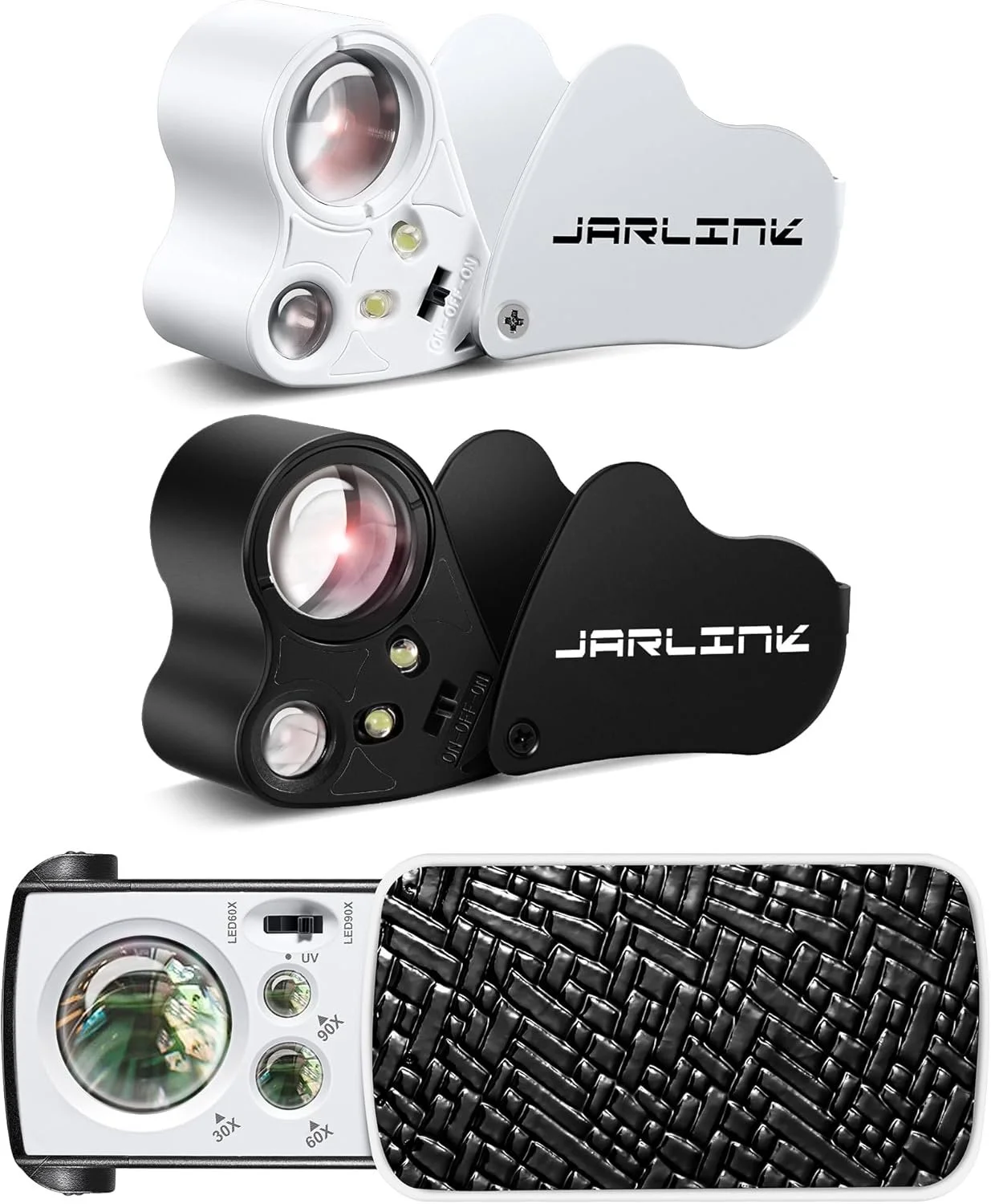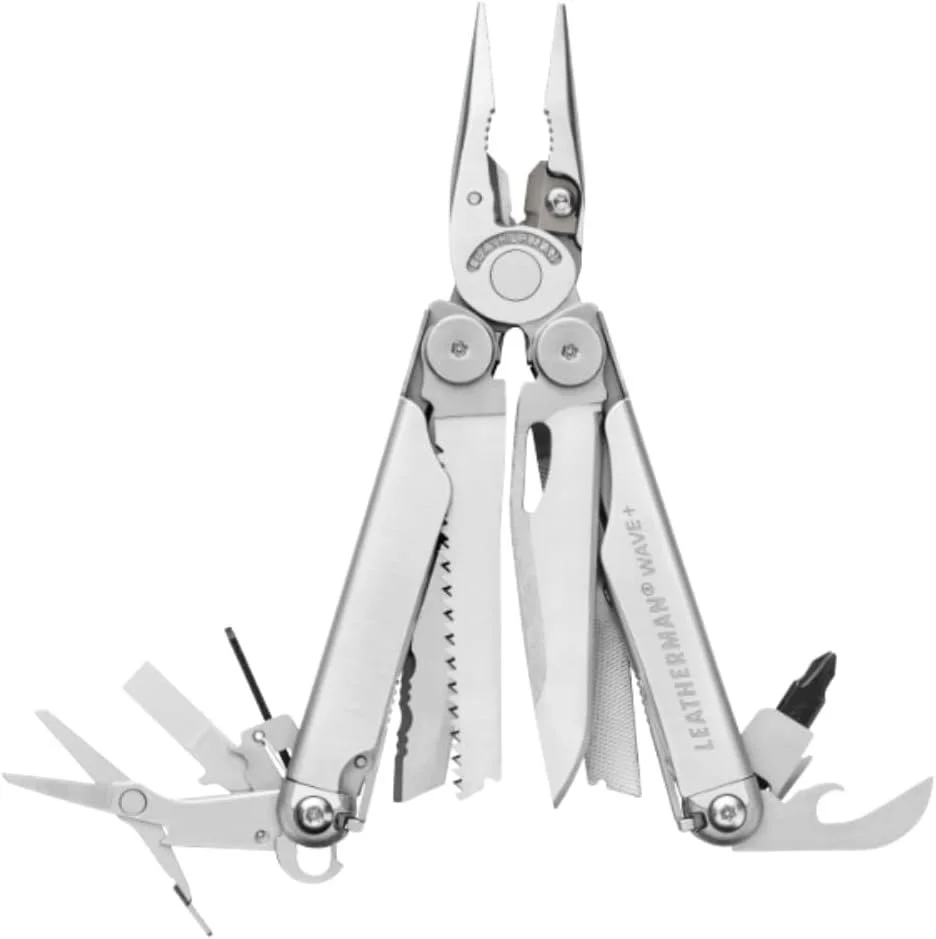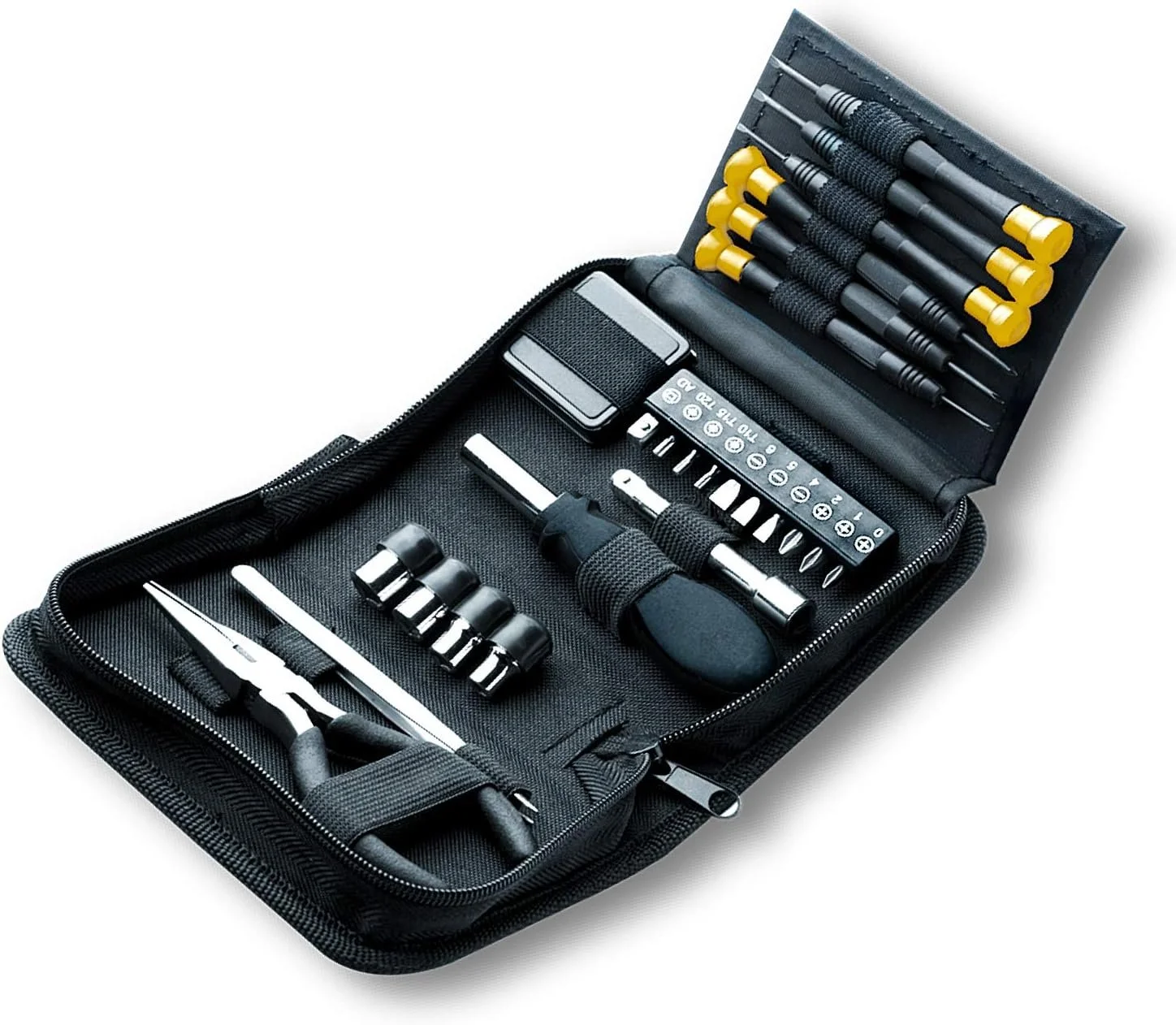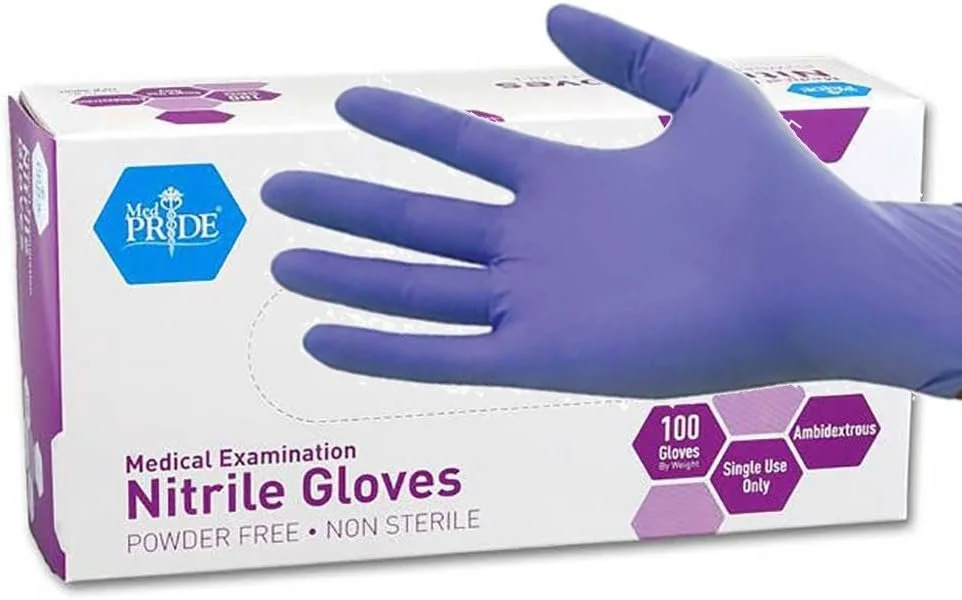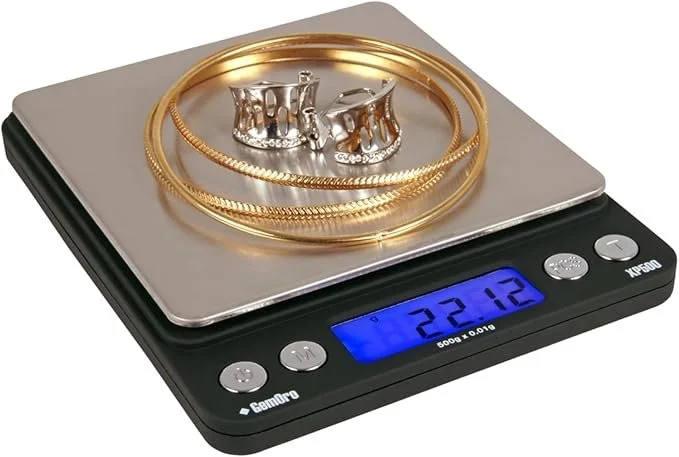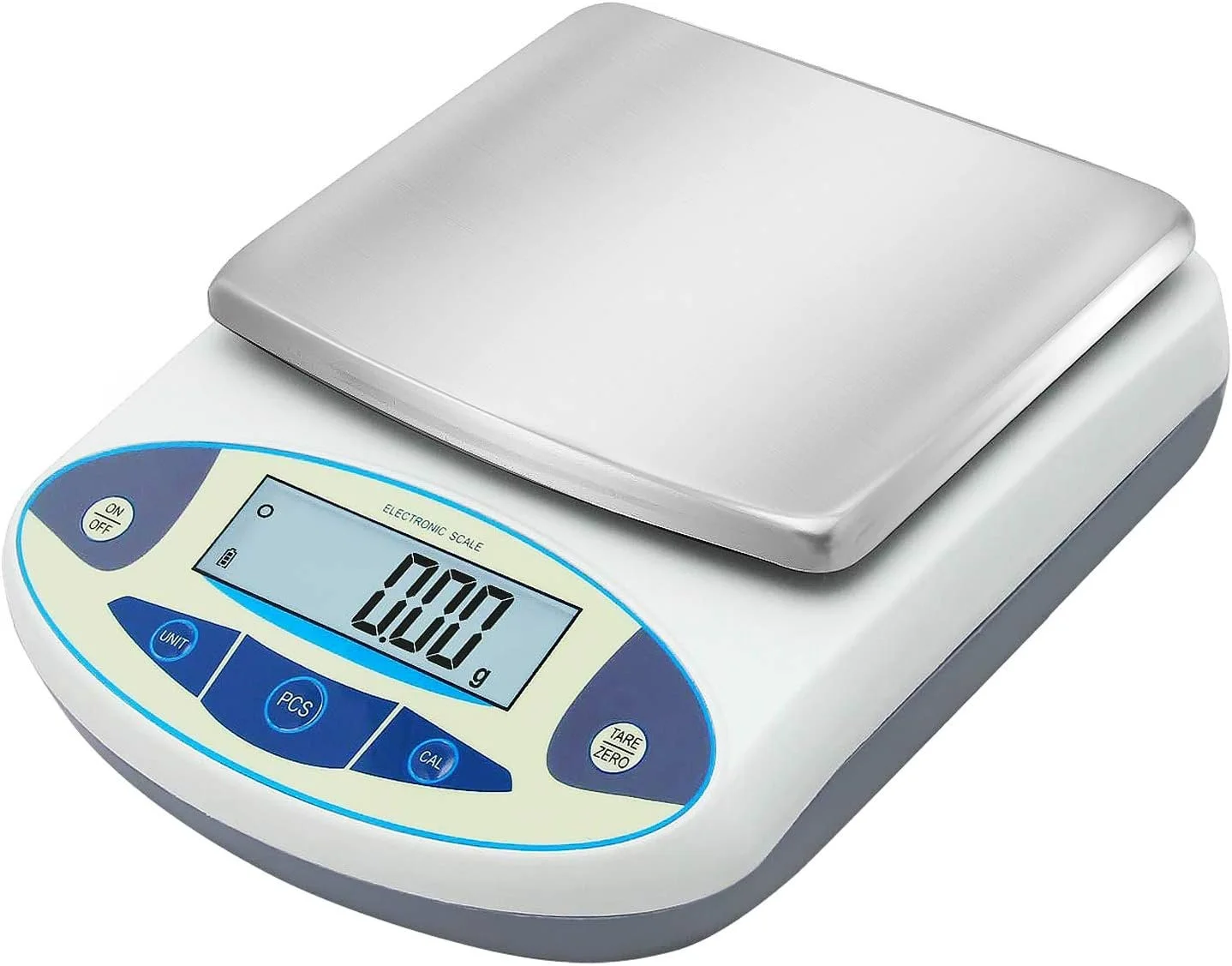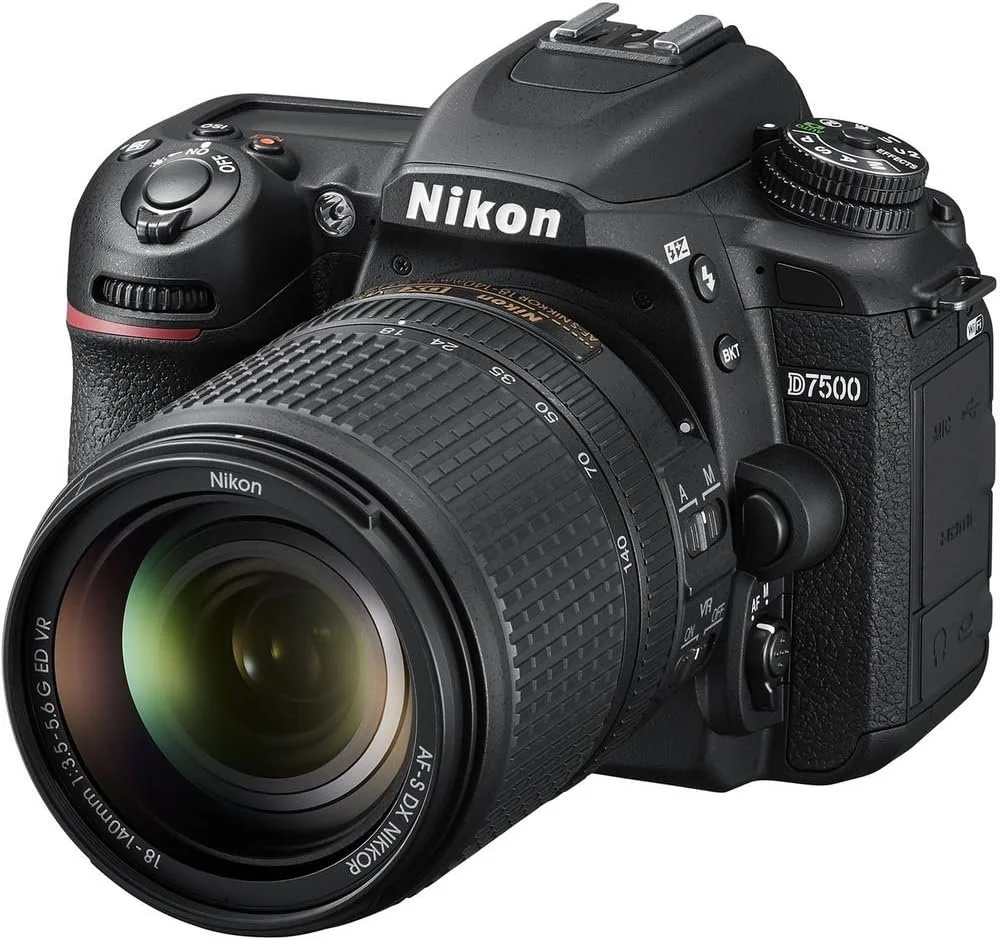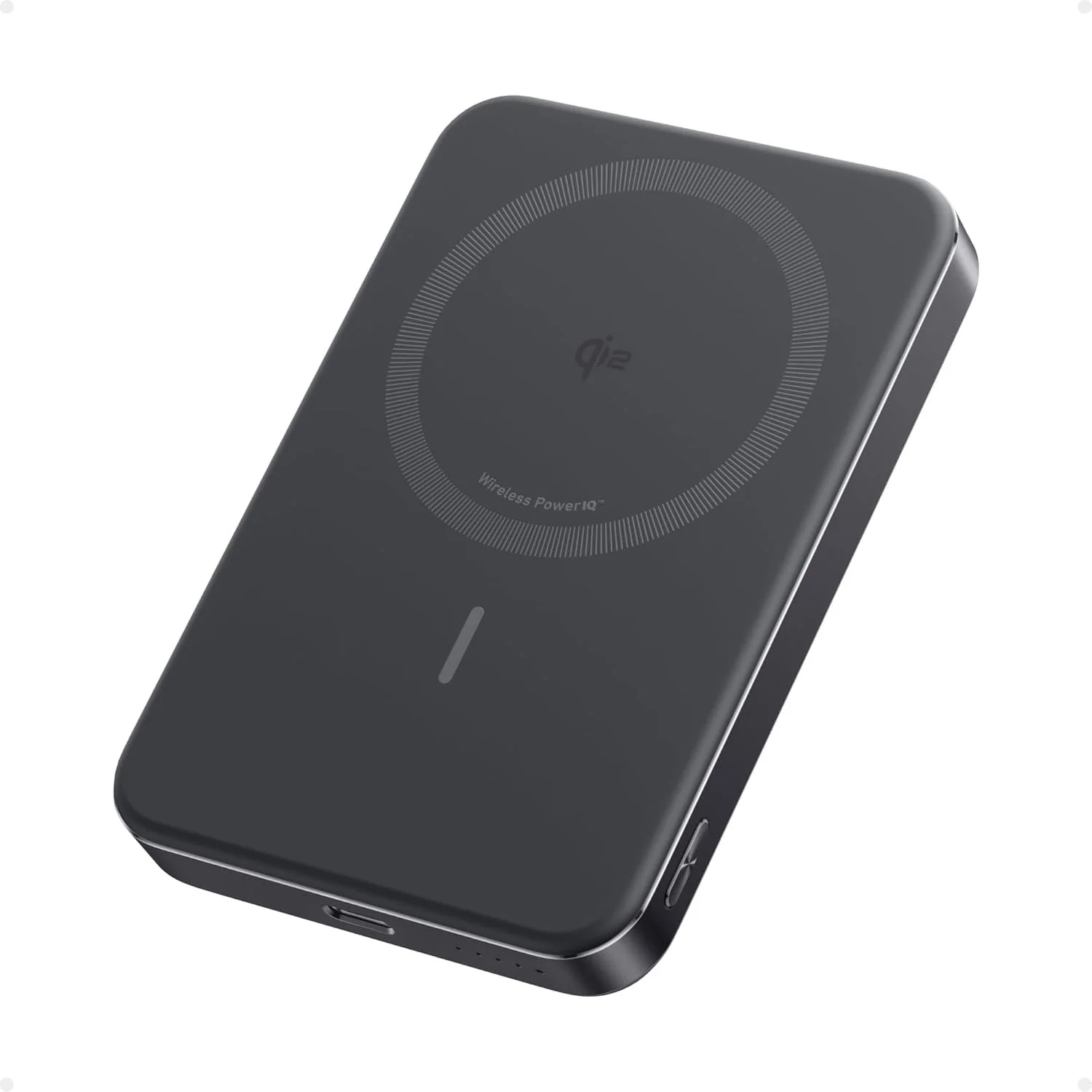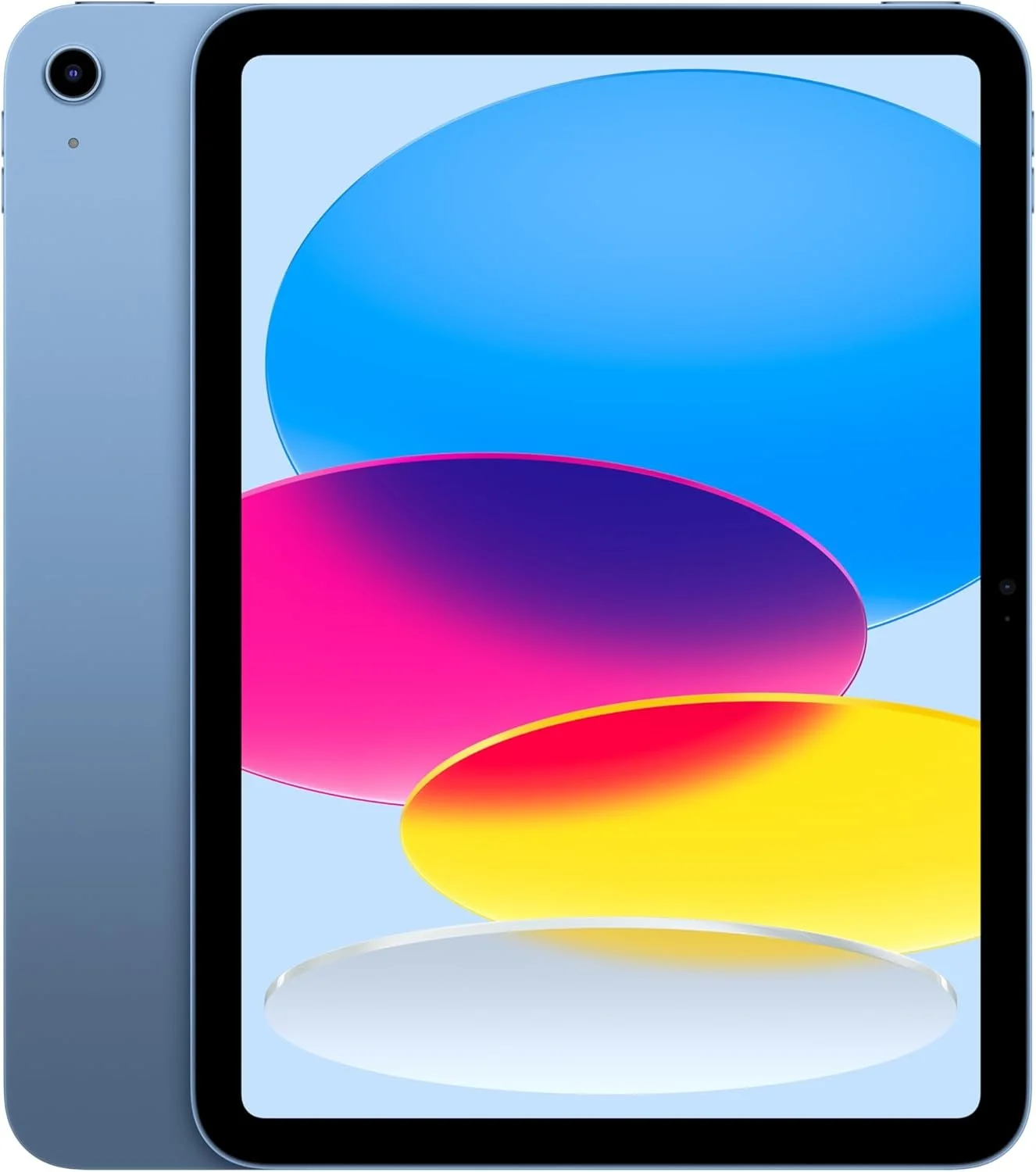Inside an Appraiser’s Toolkit: Essential Tools of the Trade
When most people think of art appraisal, they picture market research, historical comparisons, and written reports. While those elements are crucial, the process begins long before I sit down to analyze values—it starts with a careful, hands-on inspection of the object itself. For that, I rely on a specialized toolkit that helps me assess condition, scale, authenticity, and even hidden details that aren’t visible to the naked eye.
Over the years, I’ve refined this kit to include both professional-grade equipment and practical tools that travel easily from my office to client homes, galleries, and storage facilities. Some of these tools are standard in the appraisal profession, while others I’ve selected after extensive research and personal use in the field. Some of the links in this article may be affiliate links. If you decide to purchase a tool I recommend, I may receive a small commission at no additional cost to you. I only suggest tools I’ve vetted, researched, or used personally in my own practice, and affiliate support helps sustain the time and expertise that go into producing these recommendations.
Below, you’ll find a closer look at the instruments that live in my appraisal toolkit—and how each one supports the appraisal process.
A blacklight (ultraviolet lamp) reveals repairs, restorations, and surface changes that are not visible under normal lighting. It’s particularly useful for paintings, ceramics, and works on paper, where overpainting or inpainting can dramatically affect value.
A high-quality flashlight provides strong, controlled illumination for examining surface textures, finishes, and subtle condition issues such as craquelure, dents, or scratches.
This extendable mirror allows me to see behind, beneath, and inside objects—especially furniture or sculpture—without moving them unnecessarily. It helps document markings, labels, and structural conditions.
A flexible sewing tape measure is ideal for measuring curved or irregular objects like sculptures, jewelry, or decorative arts and will not scratch pieces. I am always misplacing these, so I usually get them in bulk.
For large-scale works—such as oversized canvases, installations, or furniture—a durable 25-foot tape measure ensures accurate documentation of dimensions.
Handheld magnification tools, or loupes, are indispensable for closely inspecting signatures, hallmarks, surface abrasions, and details invisible to the naked eye.
A multitool with small screwdrivers, pliers, and blades comes in handy when I need to open the backs of frames or carefully access compartments for inspection.
When I’m on-site, a compact travel kit holds scaled-down versions of my core tools, ensuring I can work efficiently while minimizing bulk.
Depending on the object type, cotton or nitrile gloves may be used to protect artworks from oils and dirt. Gloves are especially important when handling works on paper, photographs, or metals.
A portable digital scale allows me to weigh small silver or gold objects, which is necessary for appraising precious metals by weight.
For larger silver service sets, sculptures, or decorative items, a full-scale digital balance provides accurate measurements that inform replacement or scrap value.
With the development of smartphone technology, I am often able to rely on my phone’s camera to document condition issues and capture fine details. However, I still carry a digital camera for situations that require higher-resolution images or more precise control. These photographs become an essential part of both the appraisal report and the permanent workfile.
Appraisal work often takes me into locations where outlets are scarce or inaccessible—storage facilities, warehouses, and even private homes where I’m moving from room to room. Since I rely heavily on my phone, tablet, and camera for documentation, keeping them powered is essential. A portable battery bank ensures that I can charge electronics on-site without interruption. This backup power source has become just as important as any physical tool in my kit, allowing me to maintain efficiency and prevent delays during inspections.
A tablet has become one of the most versatile tools in my appraisal practice. I use it to record notes, measurements, and condition observations directly into digital forms, which streamlines reporting and reduces the need for transcription later. Beyond documentation, a tablet is invaluable for on-site research—whether that means checking comparable sales, reviewing catalogues raisonnés, or verifying signatures and marks in real time. Having this information at hand during an inspection allows me to work more efficiently and provide clients with greater accuracy.
For precision note-taking and sketching, I keep a tablet-compatible pencil in my kit. It allows me to mark up diagrams, record dimensions, and annotate photographs directly on my tablet during an inspection. This not only keeps the workflow entirely digital but also ensures that my notes are clear, organized, and easily integrated into the final appraisal report. The ability to sketch condition issues or highlight specific areas on an image is especially valuable when documenting complex objects.
Conclusion: Balancing Tradition and Technology in Appraisal Work
Appraisal is a profession rooted in tradition. The foundational techniques—examining joinery on antique furniture, studying craquelure under magnification, or using ultraviolet light to detect restorations—remain as essential today as they were decades ago. Every appraiser must learn and practice these old-school methods because they provide the baseline knowledge to identify, interpret, and describe what is in front of us.
Yet, the profession cannot stop there. The art world is increasingly global, fast-paced, and technologically driven. A modern appraiser who limits themselves to only traditional methods risks producing incomplete or outdated reports. Tablets, digital cameras, portable scanners, and even battery banks are not conveniences; they are necessities that ensure thoroughness, efficiency, and accuracy. With these tools, I can document condition in real time, conduct on-site research instantly, and capture high-resolution images that stand up in both legal and archival contexts.
The best appraisers are those who combine the rigor of traditional examination with the efficiency and depth of modern technology. Relying solely on “the old ways” not only slows the process but also leaves gaps in documentation and research that today’s clients cannot afford. Collectors, estates, and institutions depend on reports that are comprehensive and defensible. That level of professionalism demands embracing every tool available.
In short, the hallmark of a good appraiser is adaptability—respecting the craft’s long history of observation and connoisseurship while leveraging technology to make every examination more precise and reliable. To ignore the tools of today is to provide yesterday’s appraisal in a world that requires tomorrow’s standards.

